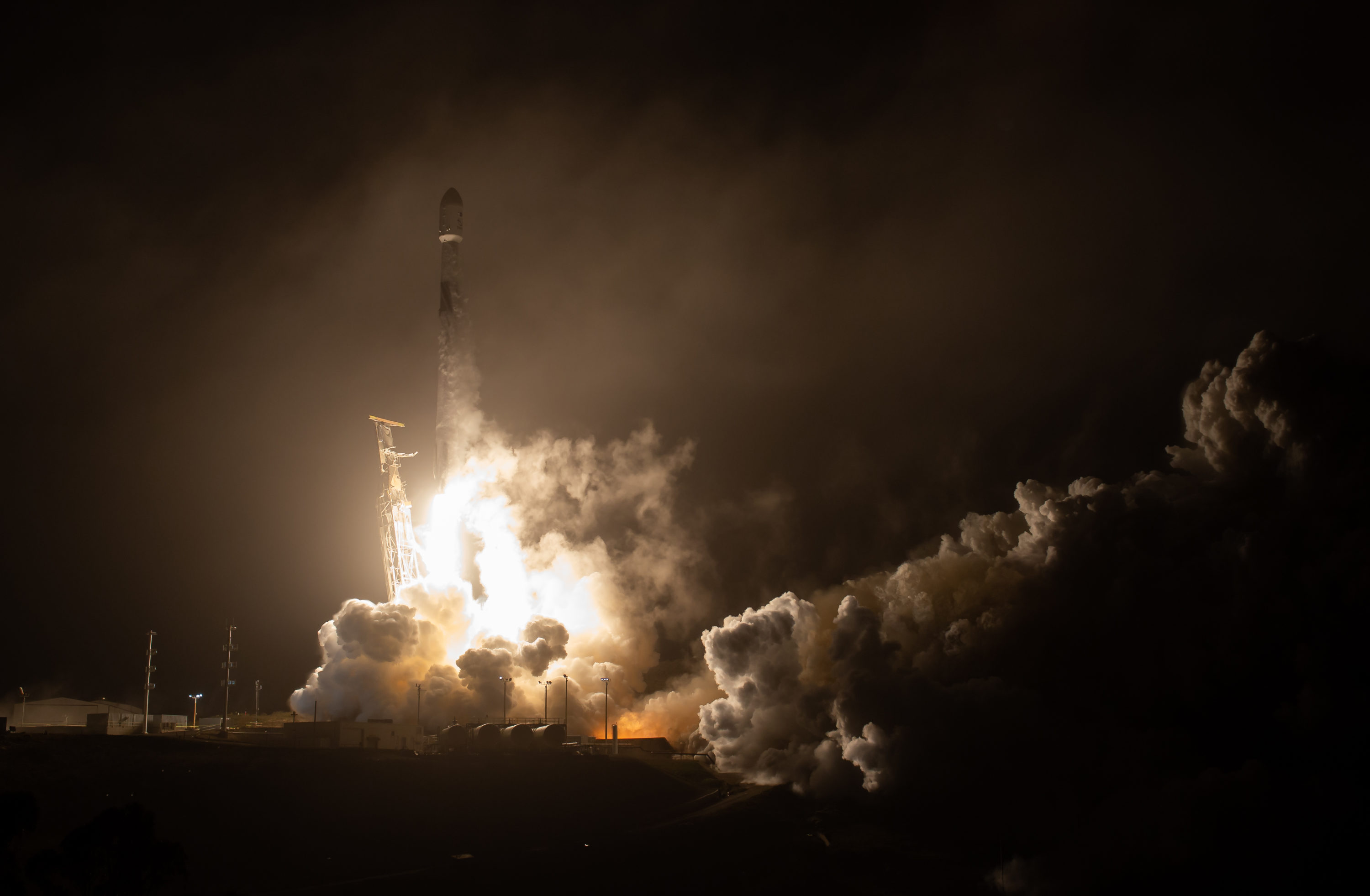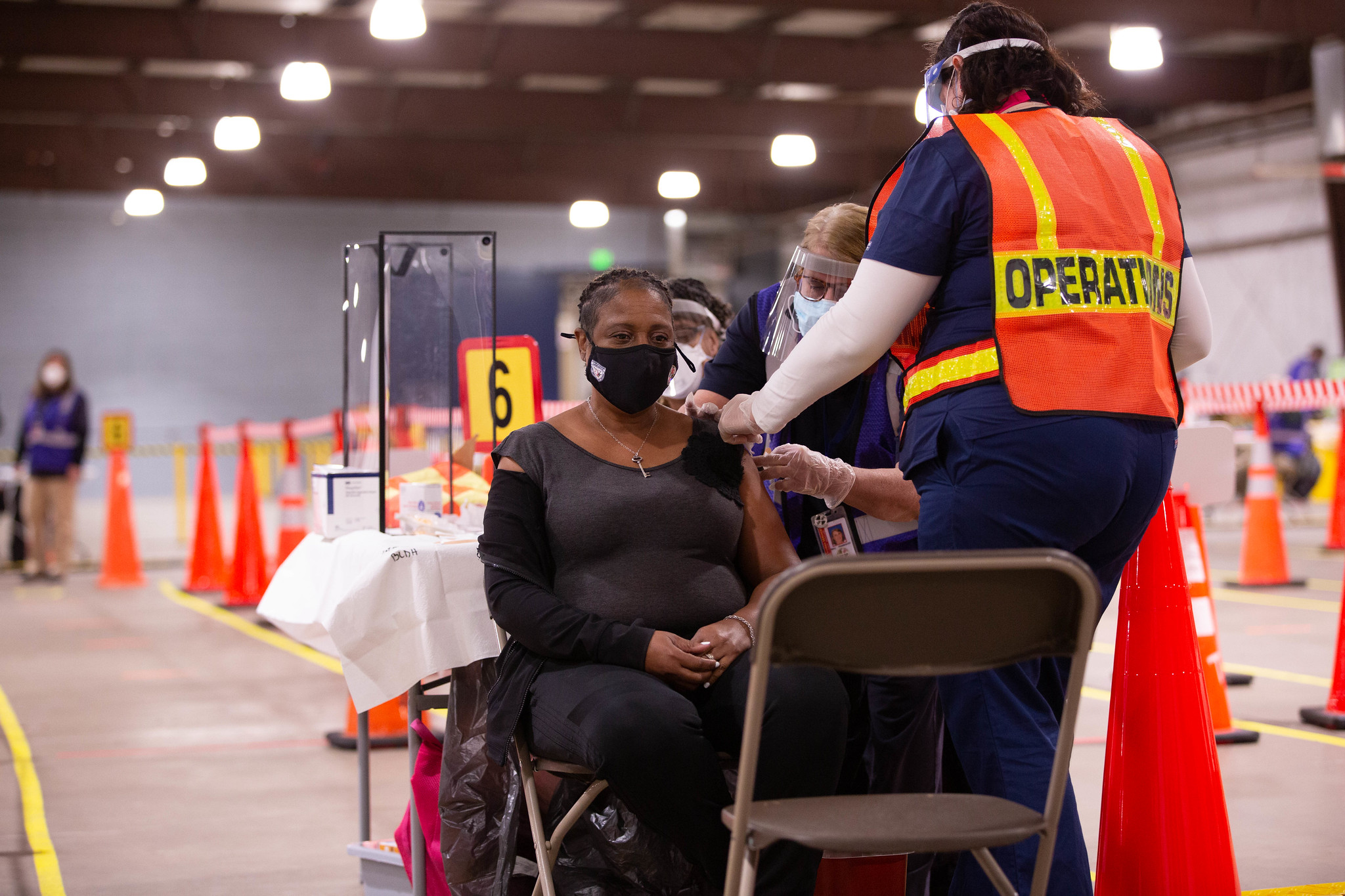Hawthorne-based SpaceX Tuesday evening launched a NASA planetary-defense mission from Vandenberg Air Force Base near Lompoc.
The SpaceX Falcon 9 rocket launched on schedule at 10:21 p.m., beginning NASA’s Double Asteroid Redirection Test, or DART, mission.
The mission, sounding like a Hollywood movie plot, will intentionally crash a spacecraft into an asteroid to determine if such as effort can successfully change the asteroid’s course. The idea is to test the technology to see if it could redirect a future asteroid that might be on a collision course with Earth.
“While no known asteroid larger than 140 meters in size has a significant chance to hit Earth for the next 100 years, only about 40% of those asteroids have been found as of October 2021,” according to NASA’s mission website.
The DART spacecraft will target an asteroid known as Didymos, which is orbiting a larger asteroid known as Dimorphos. According to NASA, Didymos — actually considered a “moonlet” — is about 160 meters in size.
If all goes according to plan, the DART spacecraft in September 2022 will slam into Didymos at a speed of about 14,700 mph.
“The collision will change the speed of the moonlet in its orbit around the main body by a fraction of one percent, but this will change the orbital period of the moonlet by several minutes — enough to be observed and measured using telescopes on Earth,” according to NASA.
Dimorphos and Didymos pose no threat to Earth, and are being targeted solely as a test mission of the redirection technology. The planned impact by the spacecraft will occur an estimated 11 million kilometers, or roughly 6.8 million miles, from Earth.







